When it comes to water, most people’s immediate concern is whether it is clean. A valid point for sure. But what do we actually mean by “clean”? Is it safe to drink? Or suitable for washing our bodies, clothes, and dishes? Or do we mean that it’s not contaminated in a way that would kill our plants if we poured it on them? Because there is a world of difference between each of these levels of “clean”.
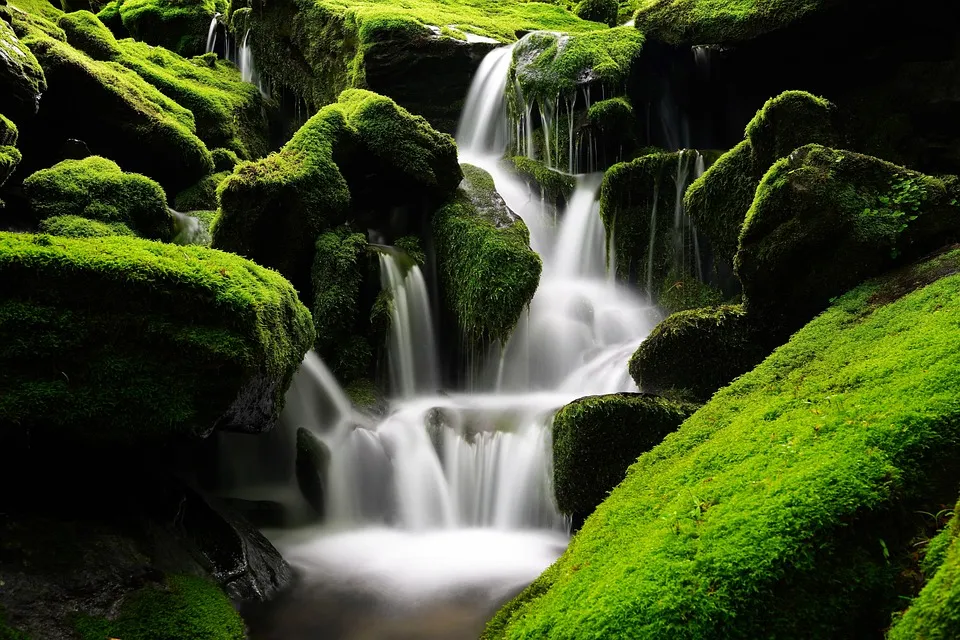
Discussing Dirty Water to Define Clean Water
To talk about the purity of water, we have to identify the four types of contamination: Firstly, there are solid particles suspended in the water, which could be anything from pieces of rocks to organic matter, and even plastics. The good news here is that once the water evaporates all of these particles stay behind. Also, should they get back into the water, they can be removed easily with a filter.
The next type of pollutant is organic, such as phosphorous or nitrogen. These are the result of biological contamination from urine, manure, or decomposing bodies. While it may be not as simple to get them out, these substances are oxidizable, meaning that they can be removed by bacteria, provided there is sufficient oxygen in the water.
A more complicated form of contaminants is microbial pollution, meaning various forms of microbial life living on organic pollution in the water. While many of these microbes are harmless to humans, some of them are pathogenic, and can cause serious or even deadly diseases to our bodies. There are a number of approaches in dealing with these contaminants, which mostly result in either killing them off, or outcompeting them.
Finally, there is the chemical form of water pollution. This involves other harmful substances in our water, such as residues from medicines, pesticides, hydrocarbons, heavy metals, etc. These contaminants are usually the result of human activity, such as industry or intensive agriculture. Because of their toxicity and low biodegradability they pose the greatest challenge to purifying water on any scale.
How Clean Do We Want Our Water To Be?
What a silly question, you might say. Of course we want our water to be 100% clean, all the time! But is that really so? For example, do you really need the water to be potable, only to flush your toilet with it? Or think about a swimming pool: It’s clean enough to swim in, but I’m sure you wouldn’t want to put it into your mouth, let alone swallow it! Also, if you ask your plants, I’m sure they’re quite happy about a bit of nitrogen and phosphorous in their water, which you in turn would not want in your drinking bottle. So I guess it’s safe to say that instead of “pure” or “clean” we should strive for “suitable” instead.
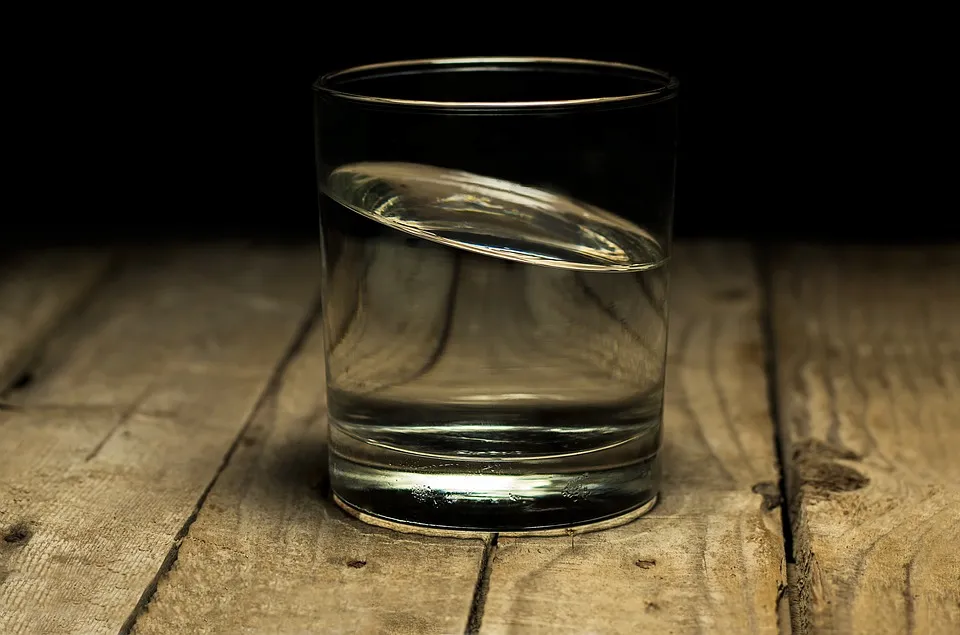
Deadly Sterile, or Living Clean?
Because microbial life is so complex that most of us are not even familiar with the numerous species that are too small to see with the naked eye, we tend to be overwhelmed by the mere question of which ones are good, and which are bad for us. It may therefor be the simplest approach to kill everything, as we do in chlorinating our swimming pools. But is it really the best way of getting the water clean? A bit of chlorine (another chemical poison) will not harm us, but it could be detrimental to a plant to be watered with pool water. Also, just imagine the carnage among our natural skin flora that results from a brief dip in the pool!

On the other hand, imagine taking the same dip in a pristine mountain lake. The water may seem just as “clean and pure”, though it will most likely be teeming with life. Ideally, that kind of water will be good for drinking, swimming, washing, and of course watering your plants with, and may be good for fish and other living organisms to thrive in. Couldn’t we get our water to that kind of purity? Surprisingly, it’s not that difficult.

Using Life to Purify our Water
To separate the solids from our water, all we need to do is imitate a filter, providing sediments of various sizes (rocks, gravel, sand, charcoal) for the water to pass through. In order to neutralize organic contaminants, microbial life is needed, along with the oxygen they rely on. Having a rich diversity of microbes is also essential for outcompeting the harmful ones. But how can we make sure that we do indeed have a vast and vibrant ecosystem on the microbial level, which we can’t even see? We simply need some other creatures that live in symbiosis with these microbes, and are big enough to see. An example are bivalves, such as mussels or oysters.

Not only do these molluscs capture particles suspended in the water, and contribute to the cycling of nutrients, but they are also symbiotic with various types of microbes, just like any other creature, including ourselves. What’s even nicer about them, is that their fragile nature is a great indicator for the water’s purity. In other words, they will be killed by much less contamination than us. This means we can be sure that if the water they live in doesn’t kill them, it will be certainly safe for us too.
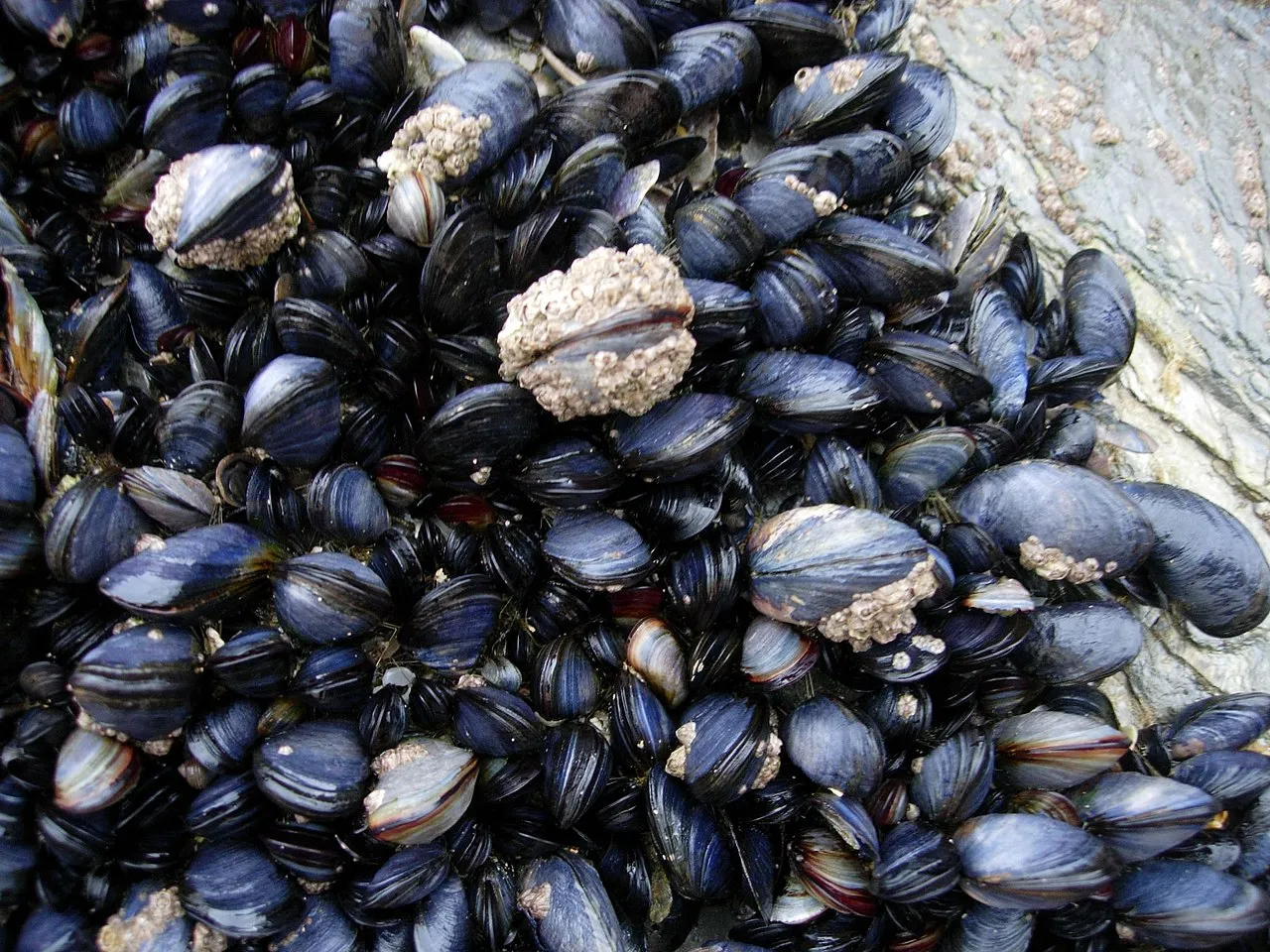
Phyto-purification and Natural Swimming Pools
At this point I’d like to bring up some of the many practical applications to the theory of purifying our water. The simplest and most obvious one is a well designed reed-bed behind a house, to filter the household waste water. In a way, this is not much different than the gray-water planters Earthships typically utilize indoors. But can that be brought to a higher level, still? Most certainly so! Imagine various layers of filtering sediments, separate pools for aerobic and anaerobic decomposition, topped up with a mussel farm!
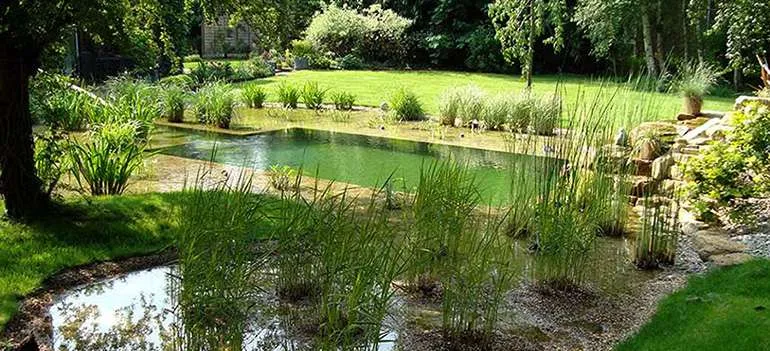
The other popular application which may have popped into your mind are natural swimming pools. These are basins of living water, offering not only a place for humans to swim, but also a habitat for a plethora of aquatic plants and animals. In a way, it’s a simulation of the naturally pristine mountain lake I mentioned before. There are lots of great sources on how to implement one, but they all follow the basic premise of filtering the water, oxygenating it, and maintaining a vibrant ecosystem of plants and animals, to ensure an even greater diversity of microbes. All together they will provide you with water that is good and healthy, not only for you, but for all other forms of life in your ecosystem.
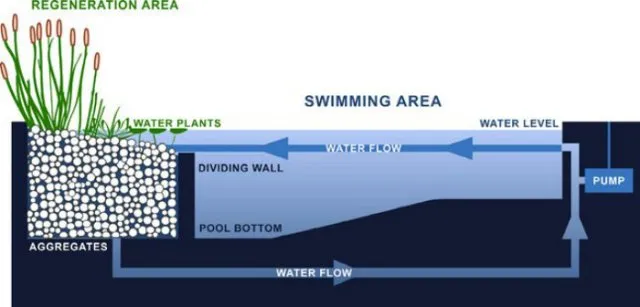
Sources: 1, 2, 3, 4, 5, 6, 7, 8, 9, 10, 11, 12
Note: I wrote this post and published it on this external site a few months ago. You can find more sustainability related posts in my series Permaculture in Theory and Practice.